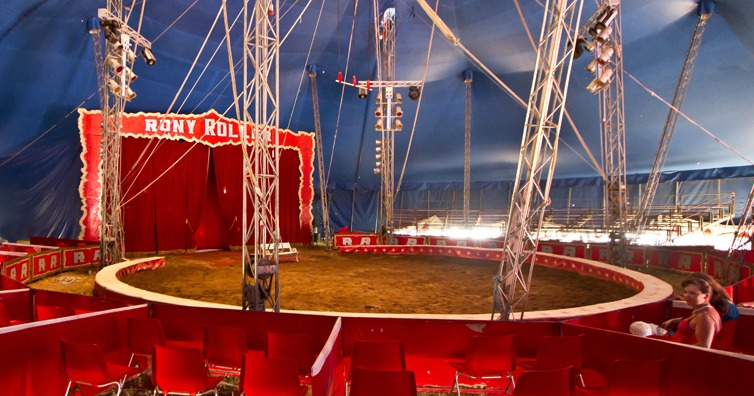Even though having the circus acts performed in a ring is very convenient as it offers a 360° view of the stage, this was not the primary reason why circus were designed that way back in the day.
It all has to do with the centrifugal force but let’s take things one at a time. Here’s how it goes.
The first modern circus was invented in 1768 by Philip Astley, an ex-cavalry sergeant-major. Astley opened up a riding school near Westminster Bridge, London in which he taught people how to ride in the morning and performed trick-riding shows in the afternoon. Prior to that, circus were mostly exhibitions of horse and chariot races, pretty much like the ancient Greek hippodromes. (the article continues after the ad)
Even before bringing together jugglers, acrobats and tightrope walkers in 1770, Astley discovered that it was much easier for the riders to stay in their horses if they were galloped in a circle. After several tests, he found out that the ideal perimeter of this circle was 42ft (13m) as it allowed centrifugal force to help the riders balance on a horse’s back as the gravity pushed them into the horse. To guide the horses into the circle movement, he placed round rings on the floor which remained during the entire performance.
Interestingly, the word circus comes from the Latin word for ring/circle.
If you like what you read, then you will definitely love this one: Why Is The Leaning Tower Of Pisa… Leaning?
Photo: N i c o l a / Flickr
Sources: The circus comes to the Circus | The Cambridge Paperback Guide to Theatre | The First Circus | Ever Wonder Why?: Here Are the Answers!

